
Write what you are looking for and press enter to begin your search!

Live News
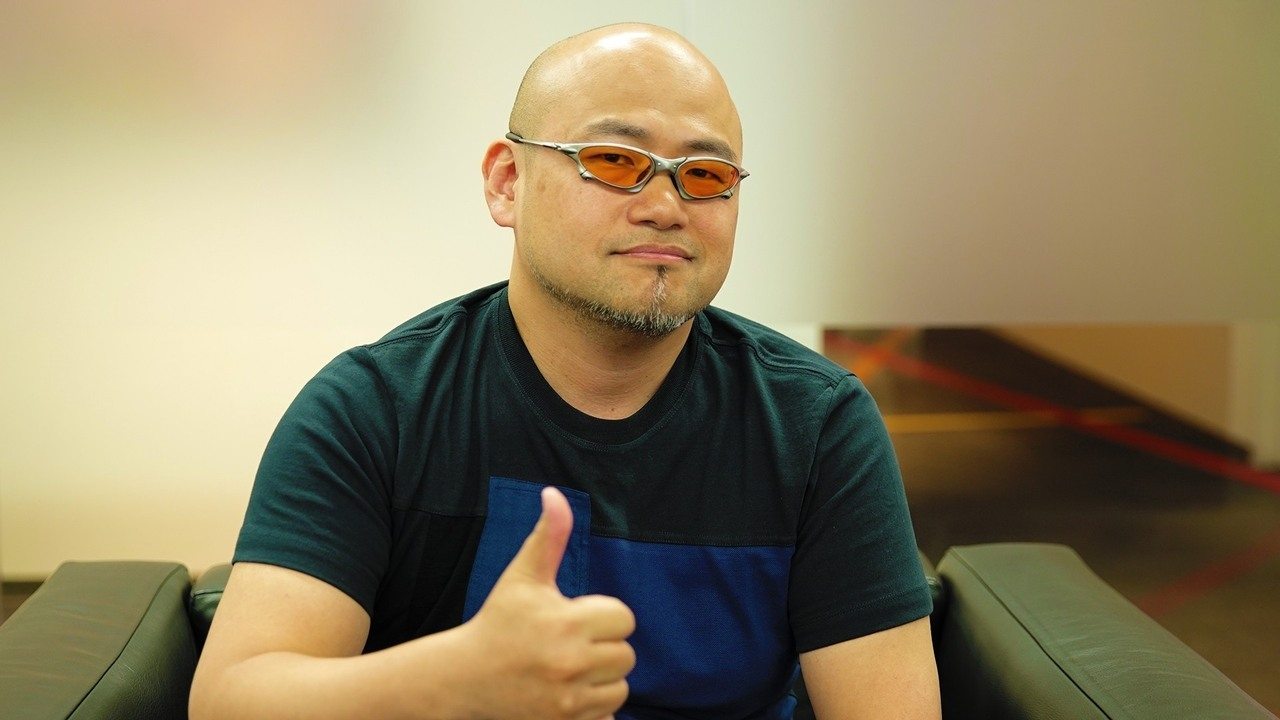

A Brief Gaming History Of Devil May Cry’s True Creator – Hideki Kamiya

By Team KKP|March 7, 2019|2 Comments
Let’s face hard cold facts: Capcom wouldn’t have its slew of IPs right now –Resident Evil and Devil May Cry– were it not for two figureheads formerly from the company: Shinji Mikami and Hideki Kamiya.
But since it’s Devil May Cry week, we’re going to focus on the latter’s accomplishments. For as brash and outspoken as he is to the point where he hands out Twitter bans like Orchard Tower ladies hand out compliments and handjobs, he’s renowned for a very good reason. Whatever games he direct are usually praised by fans and (most) critics, but half the time do not meet sales expectations.
They’re usually hyper-action hack-and-slash titles with intrinsic mechanics that complement their design and setting. Plus, they also have some goofy humour thrown in for good measure because we’re allowed to have some fun in our epic boss battle moments. Also, he’s known for not touching sequels except for one instance.
We’ll find that out in this gaming bibliography from the man who made white-haired trenchcoat-wearing pretty boys look cool.
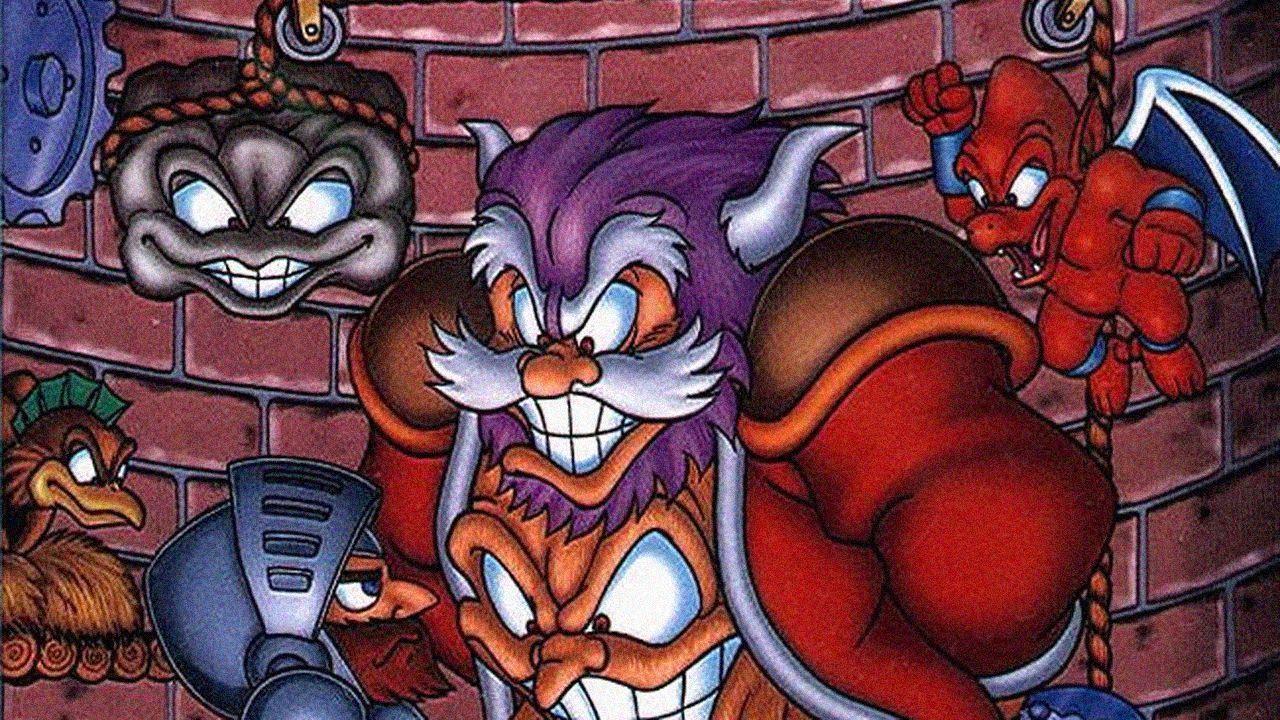
The first game planned by Kamiya for Capcom is a Ghost & Goblins title using the Incredible Machine license & game engine. Just like that classic retro title, you need to make use of the available objects to create a chain of events to fulfil the stage’s criteria; you’re playing the role of a Rube Goldberg-esque architect.
You’ll be placing tiles to let a ball roll and hit Lucifer in the head, place Arthur icons to lead our hero to where he needs to go and place fiends and triggers to make them perform their action and skills. It’s pretty standard for an Incredible Machine game, but with remixes of that Ghost & Goblin stage theme attempting to burrow through your head. At least Kamiya had a good start before taking on the next monumental project.
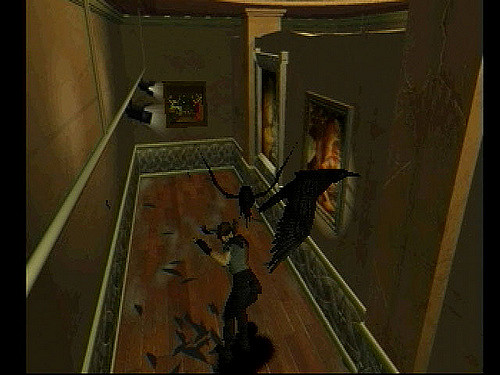
As the game’s system planner, he made sure the plans of game’s director Shinji Mikami are realized, as well as make changes when needed to reach its shipping date. You don’t need us to tell you about Resident Evil, arguably the game that made survival horror in consoles a viable product.
With a spooky setting, a great limited-inventory and survival game system, and some cheesy B-grade VO and audio, the game sold millions as it pushed the PlayStation brand it’s on to relevance in the 90s. Of course, a sequel was inevitable, and so was Kamiya’s big break.
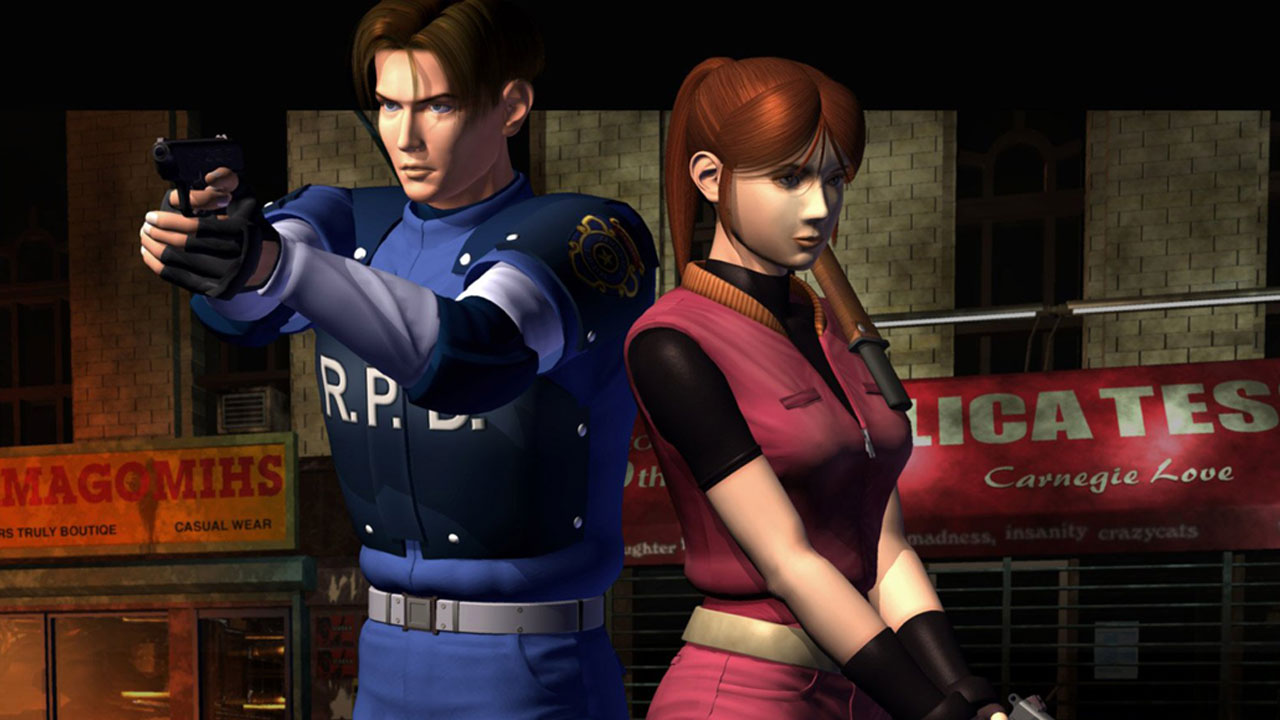
Kamiya’s first-ever full-time game director job was for a sequel, ironically enough. Because of high expectations (2 million copies sold or else, as decreed by Capcom) and the need to attract more new people in survival horror, Kamiya wanted this game to have that Hollywood flair and presentation. Think a big-budget Dawn of the Dead but in 3D and with just two heroes.
Initially, the game was supposed to be two separate storylines focused on Leon and a college student/motorcycle racer named Elza Walker, as well as new elements like a modern setting and equippable gear. In the end, it wasn’t what producer Shinji Mikami wanted and was revamped from the ground up. This version of the game, dubbed Resident Evil 1.5, is too conclusive and doesn’t open up a new RE universe, which means no room for a sequel. And you pretty much know Capcom’s stances for sequels; it’s pretty much how the company is thriving and can afford to support esports these days.
Oh and Elza ended up morphing into Claire Redfield. But you already knew that with the release of RE2 back in 1998 and the recent remake we all loved. It not only was bigger and better than RE1, it introduced a lot of new modes and features like a Second Run and unlockables to make people play the game more than once.
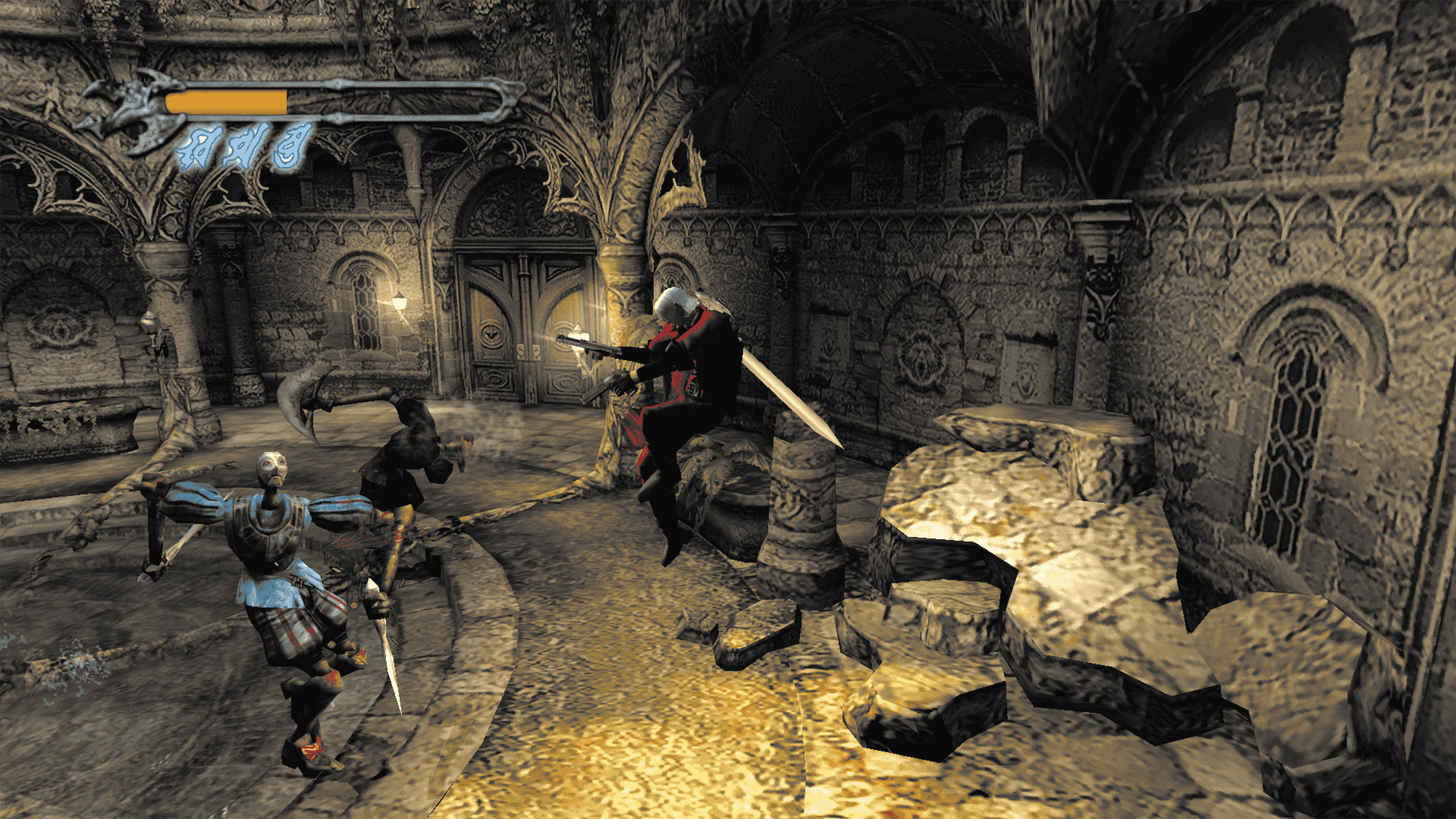
This was the sole reason Resident Evil 4 took its sweet time being released. The original concept for RE4 was a very cool and stylized action game with dynamic camera angles, a far cry from the restricted survival horror gameplay of the main series. It was a radical departure from the horror trilogy’s motive and tone; you have superhuman characters infused with biotechnology and guys like Tony traipsed around Europe finding out about their enhanced bodies.
It was repurposed into the base template for Devil May Cry. And hardcore gamers were overjoyed. The game introduced dynamic camera views for a 3D action game set in large corridor spots, the concept of juggling enemies stuck in mid-air, and over-the-top acrobatic combat that was unheard of in 2000.
The power of the PlayStation 2 at the time made all of this blazing action and lovely-looking spectacle possible while making its protagonist Dante a cool and corny hero at the same time.
He also had a hand in advising writer Bingo Morihashi in creating the third Devil May Cry. As to why no one talks about part 2, we’ll say this: Kamiya wasn’t even called on-board to be involved in the game in any capacity or form. Probably because he was busy with the next game on this list.
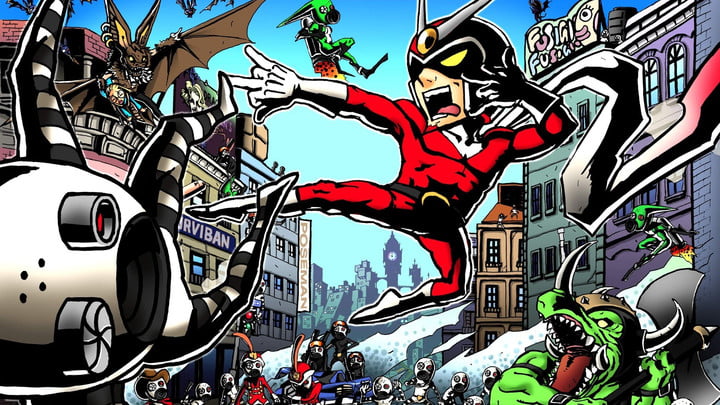
Now we’re onto the good stuff. Capcom’s Production Studio 4 which was led by Kamiya and producer Atsushi Inaba, was part of the Capcom Five game lineup meant for GameCube.
Inaba and Kamiya wanted to make a challenging game with stunning visuals and fluid gameplay, and at the time, there was nothing as fluid as a 2D action game from Capcom back in the day. With an aesthetic choice in mind -tokusatsu Ultraman/Kamen Rider shows with Western comics- and a cel-shaded art style to back up the “stunning visuals” part, the team knew it had something magical.
And so did Capcom. Viewtiful Joe for the GameCube was such an innovative marvel in 2D action gaming, it was ported a couple of times, had sequels & spin-offs, and even had an anime based on it. It was fun while it lasted.
But we’ll never forget what the original game gave us: hard-hitting and challenging boss fights and platform puzzles, a pretty awesome Hollywood-esque slo-mo and fast-forward game mechanic, and tons of self-referential humour to keep the colourful vibe going.
After that, the Capcom division morphed into Clover Studio, a semi-autonomous production company that Capcom works with side-by-side.
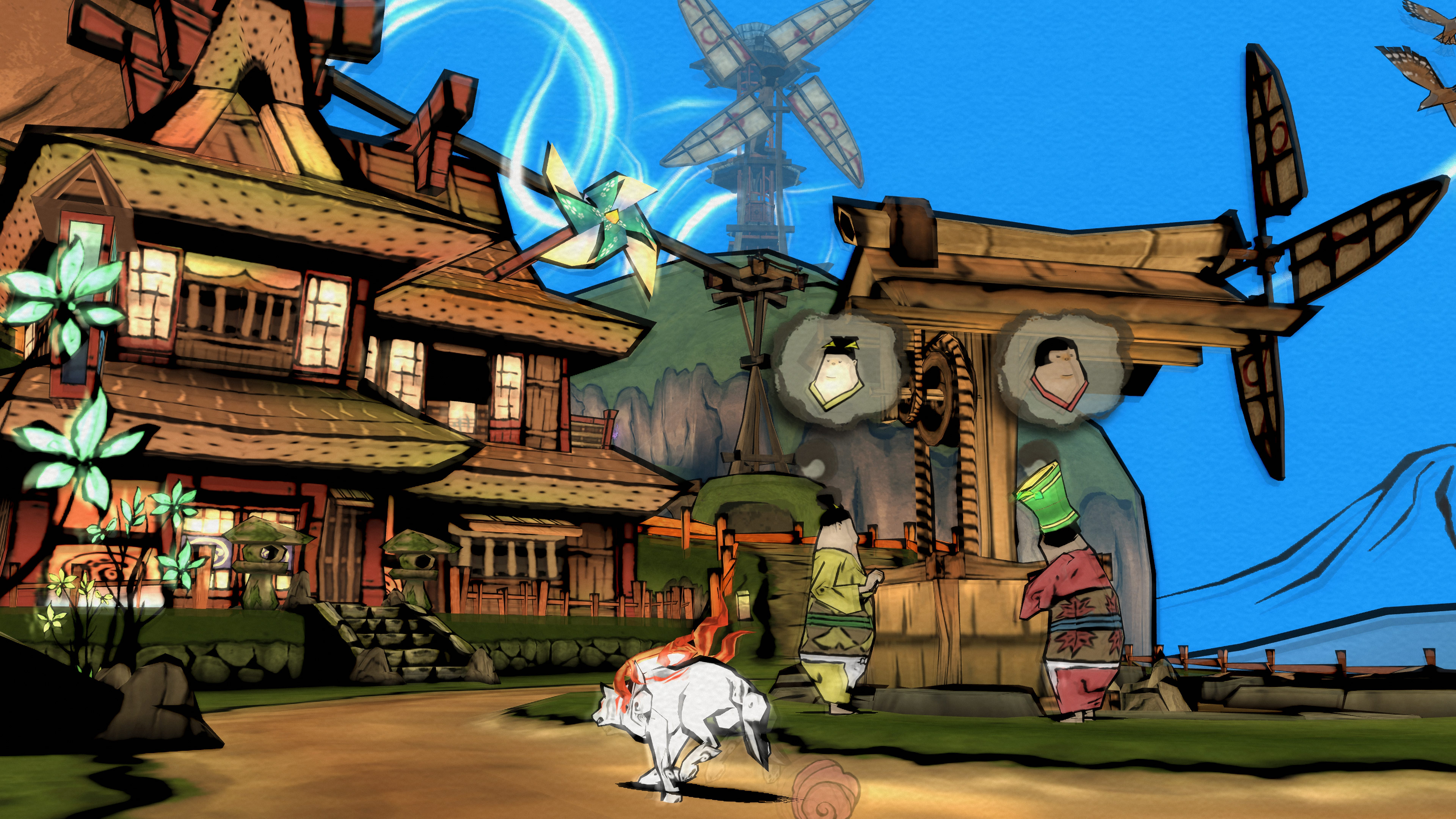
Perhaps Clover Studio’s magnum opus before its eventual shutdown, Okami was basically Legend of Zelda done right and better. At least before Breath of the Wild came out. Anyone who said otherwise obviously hasn’t played the game.
Imagine taking the lessons of Shigeru Miyamato but add in an epic three-part story of Japan’s mythology, use a cel-shaded sumi-e artstyle that radiates beauty and grace, and invoke a game mechanic involving paintbrushes and a ton of different fighting styles with long-ranged weapons and a shield that lets you do Izuna drop counters.
Oh, and your main character is a dog who can do all of this and fight real well and run real fast. She’s accompanied by a tiny painter named Issun who can do all them fancy paintbrush techniques that let you create platforms, summon bombs, and slash enemies.
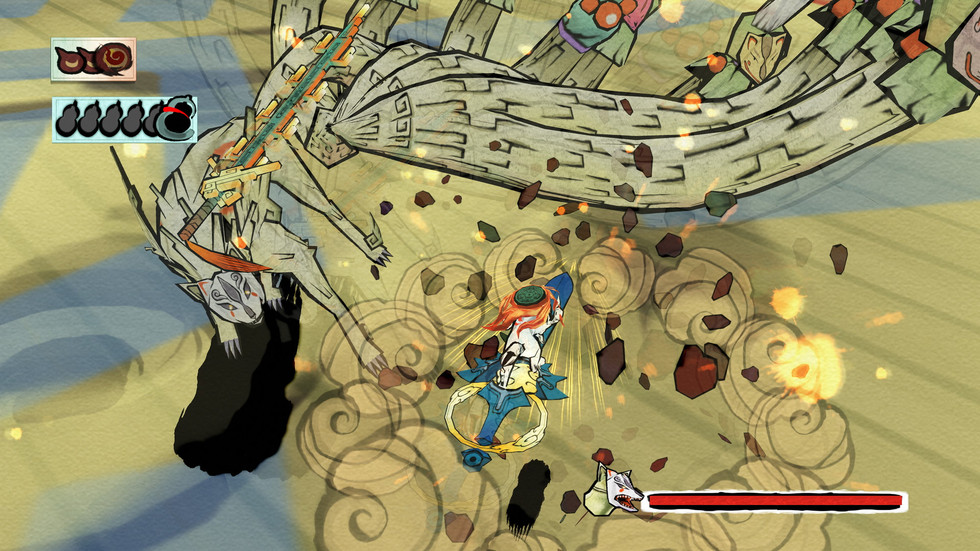
Top that whole package with a lush soundtrack that evokes ancient Japan in its most pristine and melodic. That’s not even enough to describe Okami’s brilliance and unique take on a tried-and-true game mechanic. It’s hard to find faults in this game. Sure, it wasn’t a huge challenge compared to Kamiya’s past works, but the rest of the game is a well-made action adventure game with a god-like story that will enchant you for hours on end.
It’s clearly inspired by Legend of Zelda, but it’s arguably better than most of Nintendo’s 3D action-adventure efforts like the one with the ocarina (that hasn’t aged well) and the one with the wolf. Way to be ahead of the curve, Kamiya.
Fun fact: did you know that Okami used to look incredibly serious and realistic before it made a complete 180 in its art direction?
With all of that said, you have no excuse not to miss out on this underrated masterpiece. Buy it on Steam now if you haven’t.
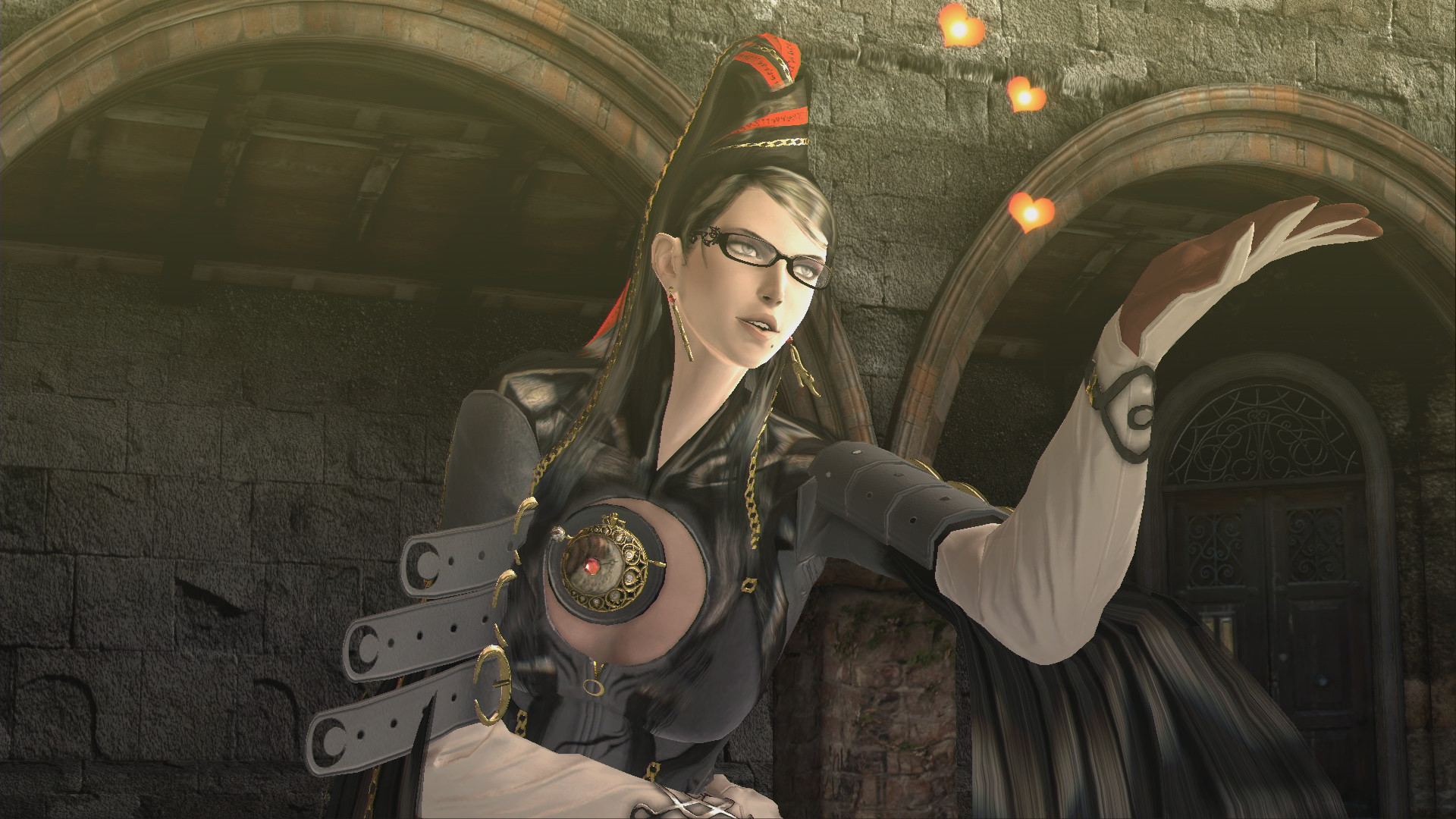
How the hell does one top Devil May Cry and makes a proper sequel to the hit action game? According to Kamiya, who now resides in Platinum Games from 2006 onwards with his pals Shinji Mikami and Atsushi Inaba, here’s how:
Voila, you get Bayonetta, the second coming of a Devil May Cry hack-and-slash game made by the man who invented that genre of games. And it is a marvel.
Not only are the game’s controls and combat incredibly fluid and satisfying, but you also have insane setpieces and weapons to work with. There aren’t that many games out there that crams in a boss fight together with a racing sequence very well; Bayonetta does this three friggin’ times and they’re all great! You have a ton of segments where you have to fight atop ceilings in churches and dealing with multiple enemies in a stratospheric bats***-looking version of heaven.
Weapons-wise, you have the aforementioned Scarborough Fair guns attached onto your fists and feet to kick ass with, the Shuraba katana that lets you do multi-hitting slashes and wide AoE slashes, the Odette skates that let you move super-fast and hit just as quick, a fire-and-lightning pair of claws that can be switched up on the fly, gun nunchucks, and rocket launchers. That you can attach onto your feet.
Again, why the hell didn’t this game sell gangbusters in 2009/2010?
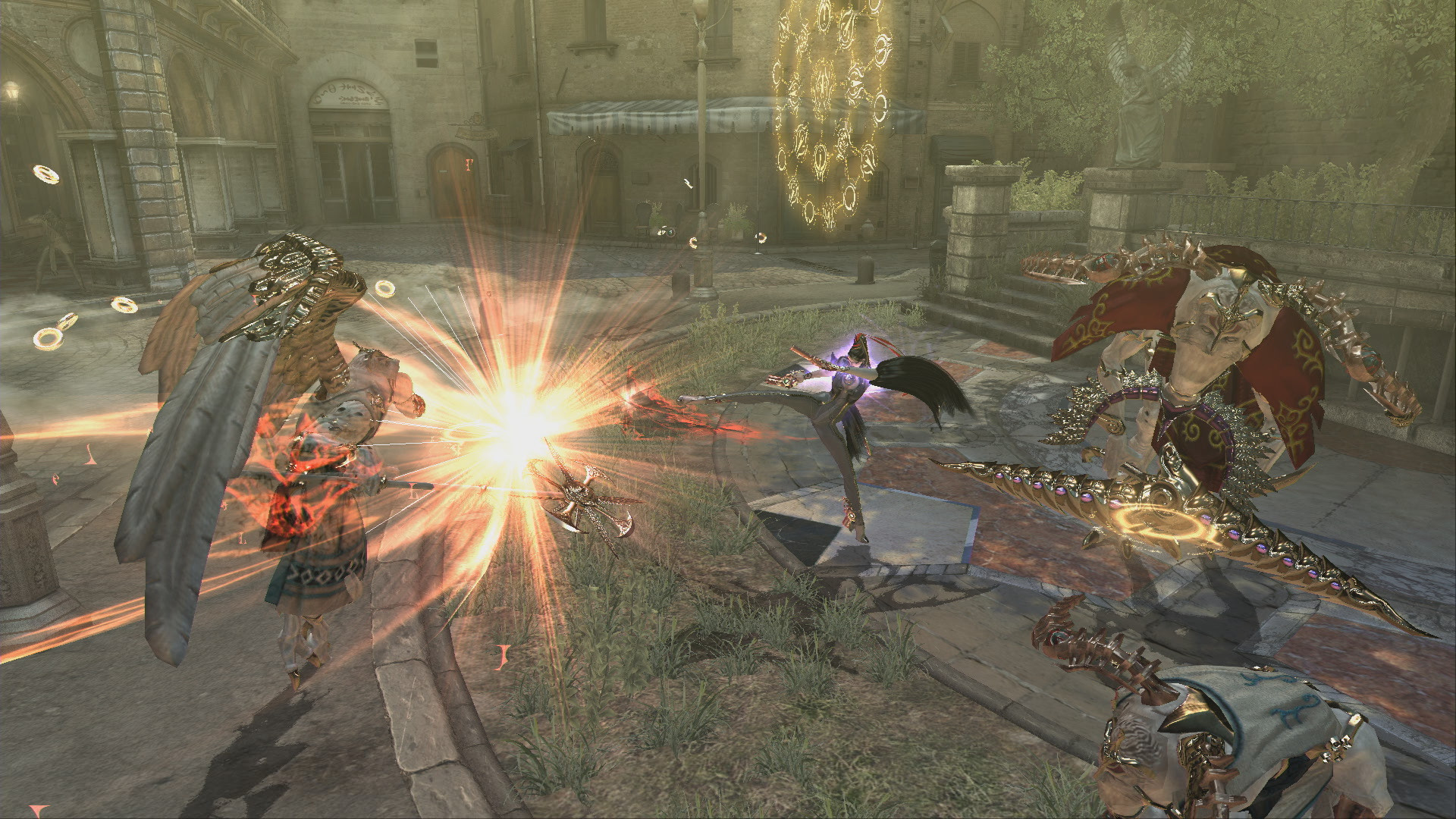
You also have memorable encounters and boss fights that up the scale and size of what’s needed in these kinds of games. The duels against Jeanne that test your reflexes, the very first major boss battle against the two-headed dragon and how you finished it off, and the final boss fight against an actual goddess are examples of standout moments that make you go “Dante who?”
Plus, the main heroine herself is fun to watch because she does not take most of this narrative seriously, choosing to play with her prey before eliminating them. Some people would decry this game as everything wrong with female representation in video games, but dig a little deeper and you’ll find that she’s ass-kicking role model material.
Bayonetta is the logical evolution of the Devil May Cry games. Short of the unfairly wicked-fast quick time event prompts that can instant-kill you if you flub them up, this is hack-and-slash action game perfection. Not even the Devil May Cry games can top what Bayonetta has contributed to making action games relevant, and stylish as well.
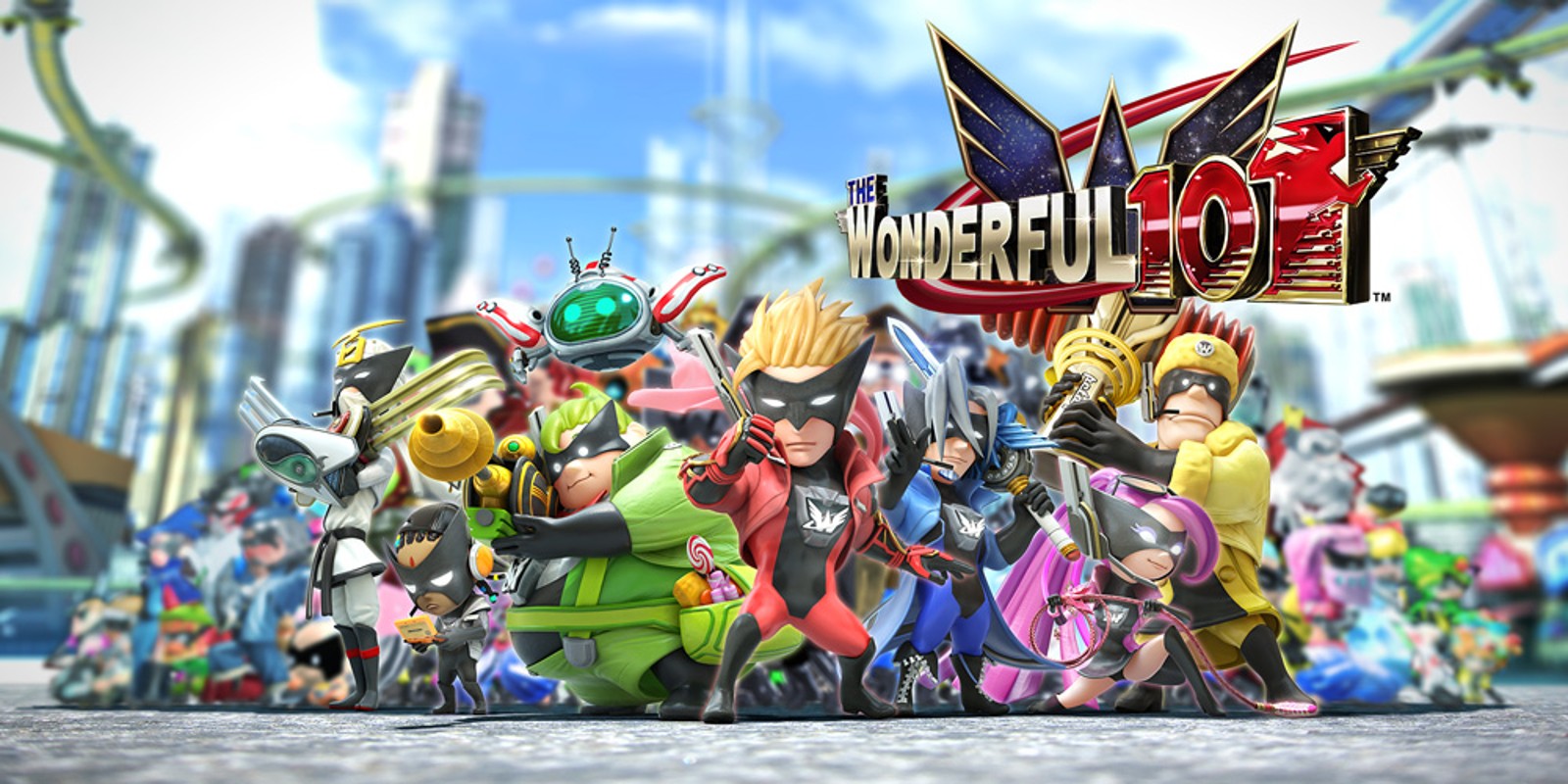
It’s sad that Nintendo’s not-so-hot Wii U console housed a number of great titles. Chief of them is Kamiya’s opus The Wonderful 101. Part action game, part real-time flash mob management simulation, and all sorts of crazy ideas using the henshin formula in Viewtiful Joe, you control a team of superheroes whose group can grow in size and form weapons such as giant claws, fists, and swords (using a technique called Unite Morph).
You’ll need them all as you have to take down kaiju-like beings called the Geathjerk who are conquering the world. Scorpions, 50s vintage robots, giant turtles, wyverns, 8-headed dragons; this army’s got it all and then some.
The whole game uses a tilt-shift high angle effect to make the whole fights look like miniatures fighting each other. The levels also feature a ton of puzzle elements that require the use of your Unite Morph powers and also some Wii U pad touchscreen elements. Best of all, you have a ton of options for combat since you can morph into close-ranged weapons, a piece of flan to reflect attacks, and a dodge button that can morph into a counter-attacking spiked ball.
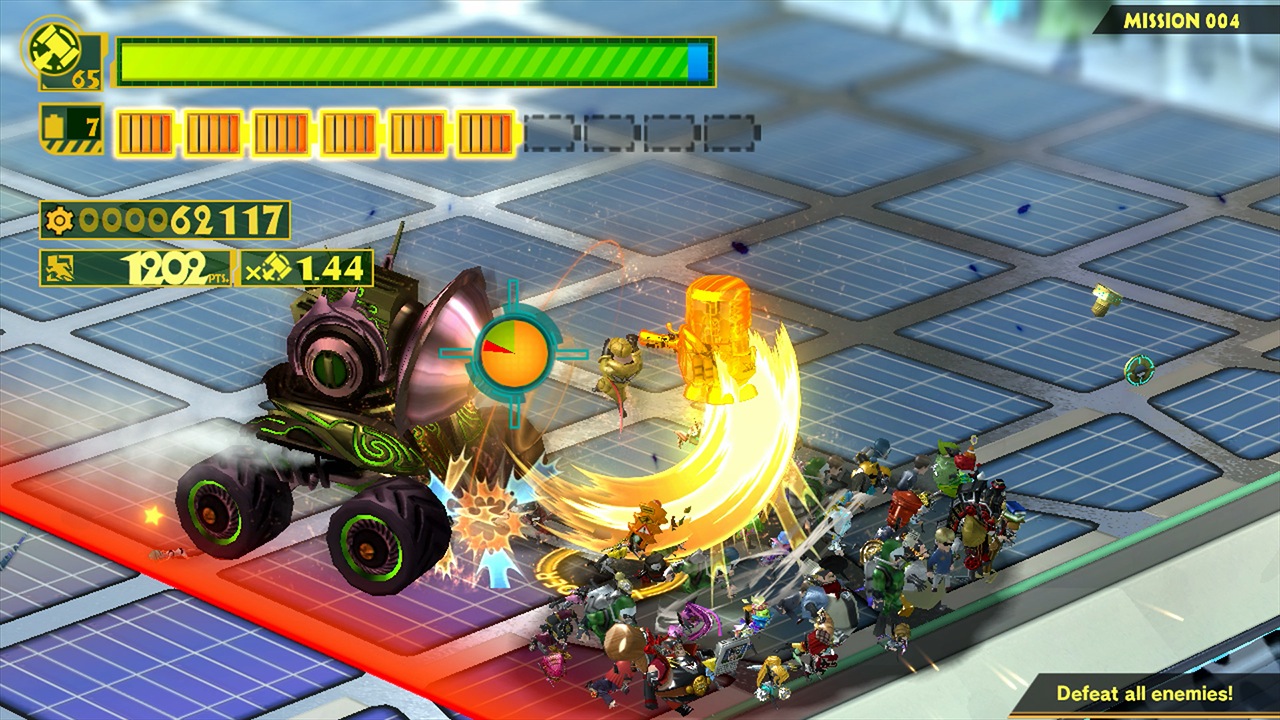
What this game sorely needed was a few more tutorials to explain how certain Unite Morphs worked. I didn’t know the Unite Hand was immune to fire until late in the game, and I wasn’t sure how the glider functioned until the end of the game. Perhaps Platinum Games and Kamiya himself thought we were smart enough to pick up on the game’s nuances and additional mechanics outside of combat. Clearly, he was wrong.
Still, The Wonderful 101 is an underrated action gaming gem that reminds us that for all the Twitter bannings Kamiya issues to his followers, he still can come up with awesome ideas for action games while paying tribute to the last henshin game he did.
Hopefully, the Switch version of this game will eventually be released; more people need to know the wonders of a super-powered flash mob that can form into giant swords that can cut down spaceships and giant robots.
Plus, it’s so goddamn hard to get the game’s convenience store jingle out of my head.
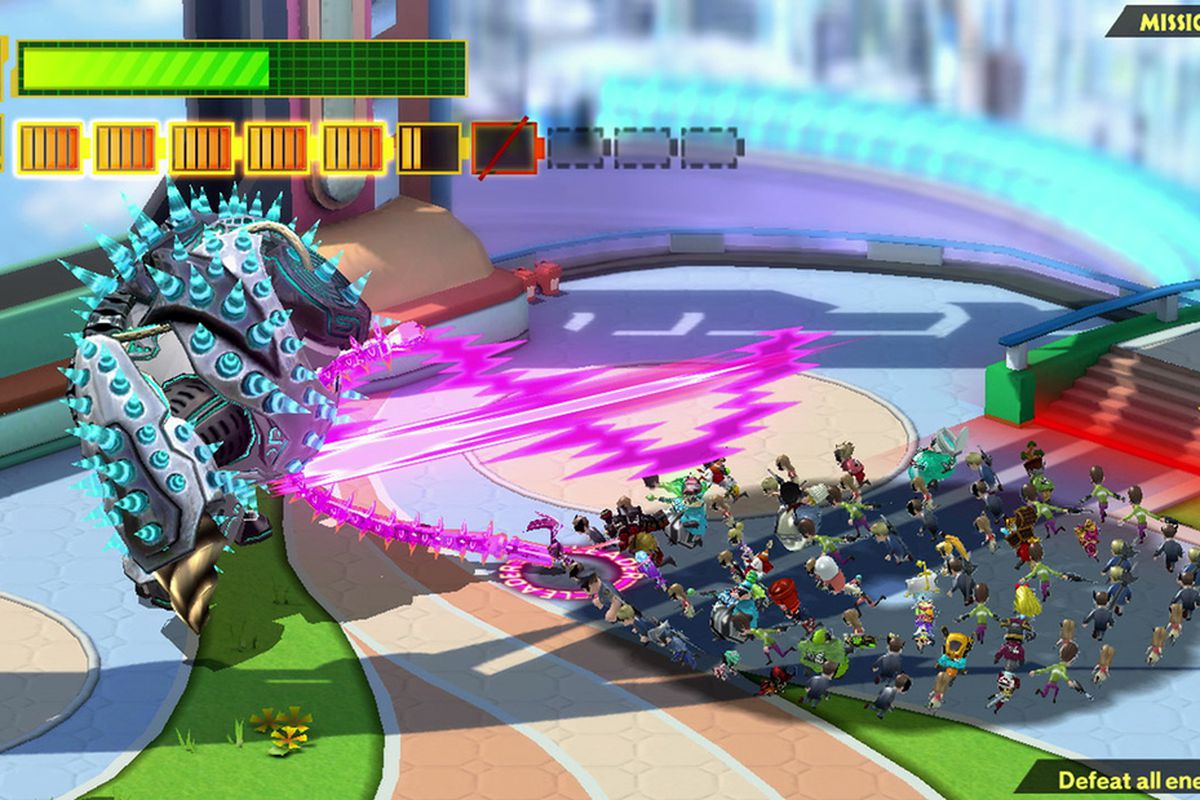
So that’s us talking about the man, the myth, and the legend. A wildcard in the games industry, but one who needs to say his piece about creativity in video games with the work he’s done. Let us know your favourite Hideki Kamiya-directed game on the comments below or on Facebook.
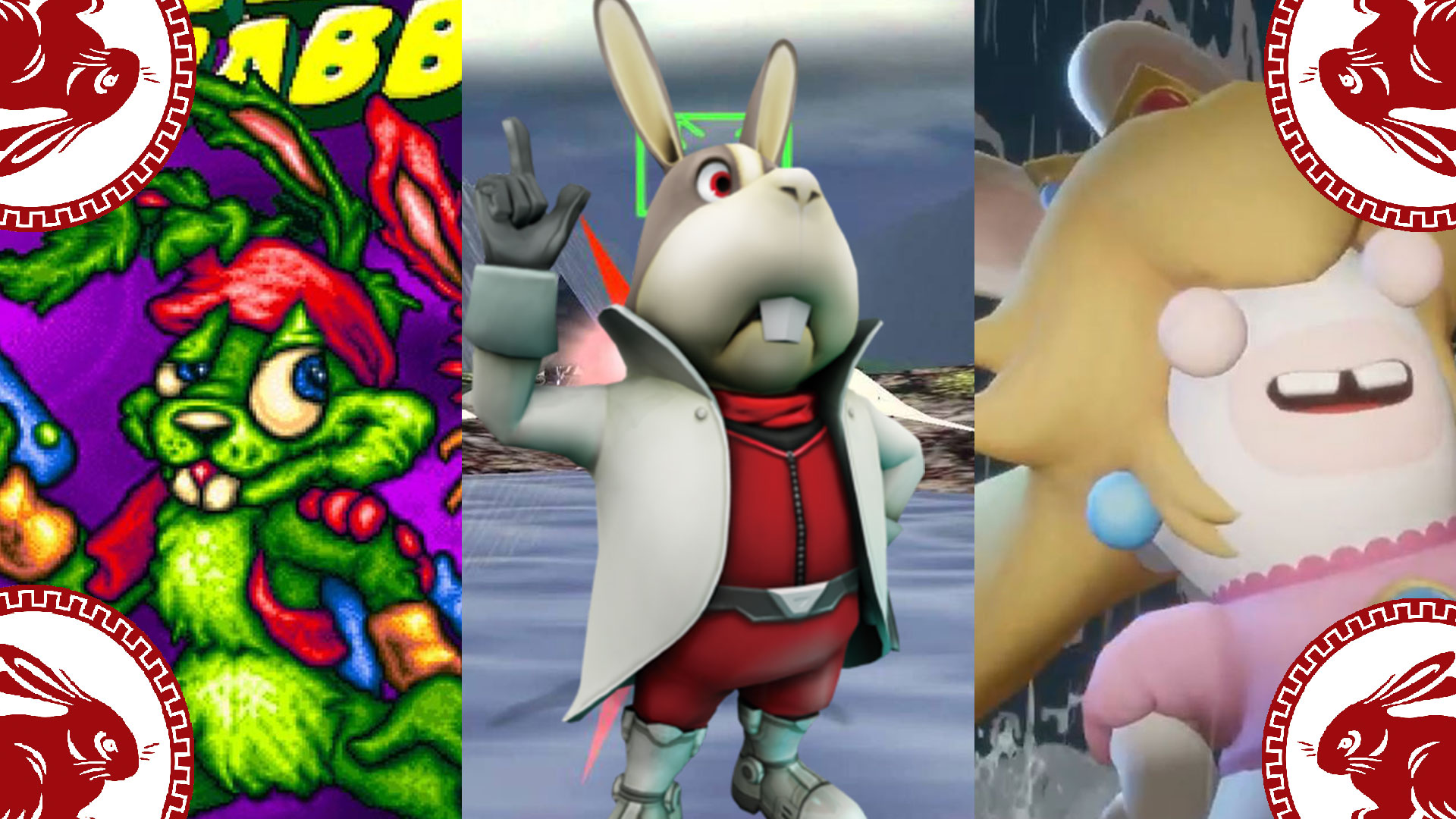
By Team KKP|January 20, 2023
We're blessed to have not just one, but TWO new year celebrations thanks to being in Asia. With 2023's New Year done, we now have the Lunar New Year c...
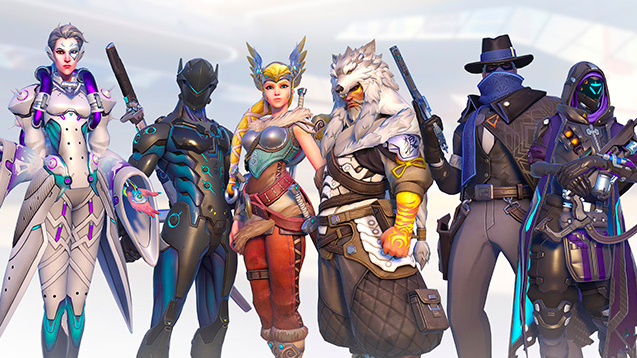
By Team KKP|May 26, 2018
Since Overwatch Free Weekend is back this weekend, we figure it would be of the community's best interest if us, veterans (but not that great players)...
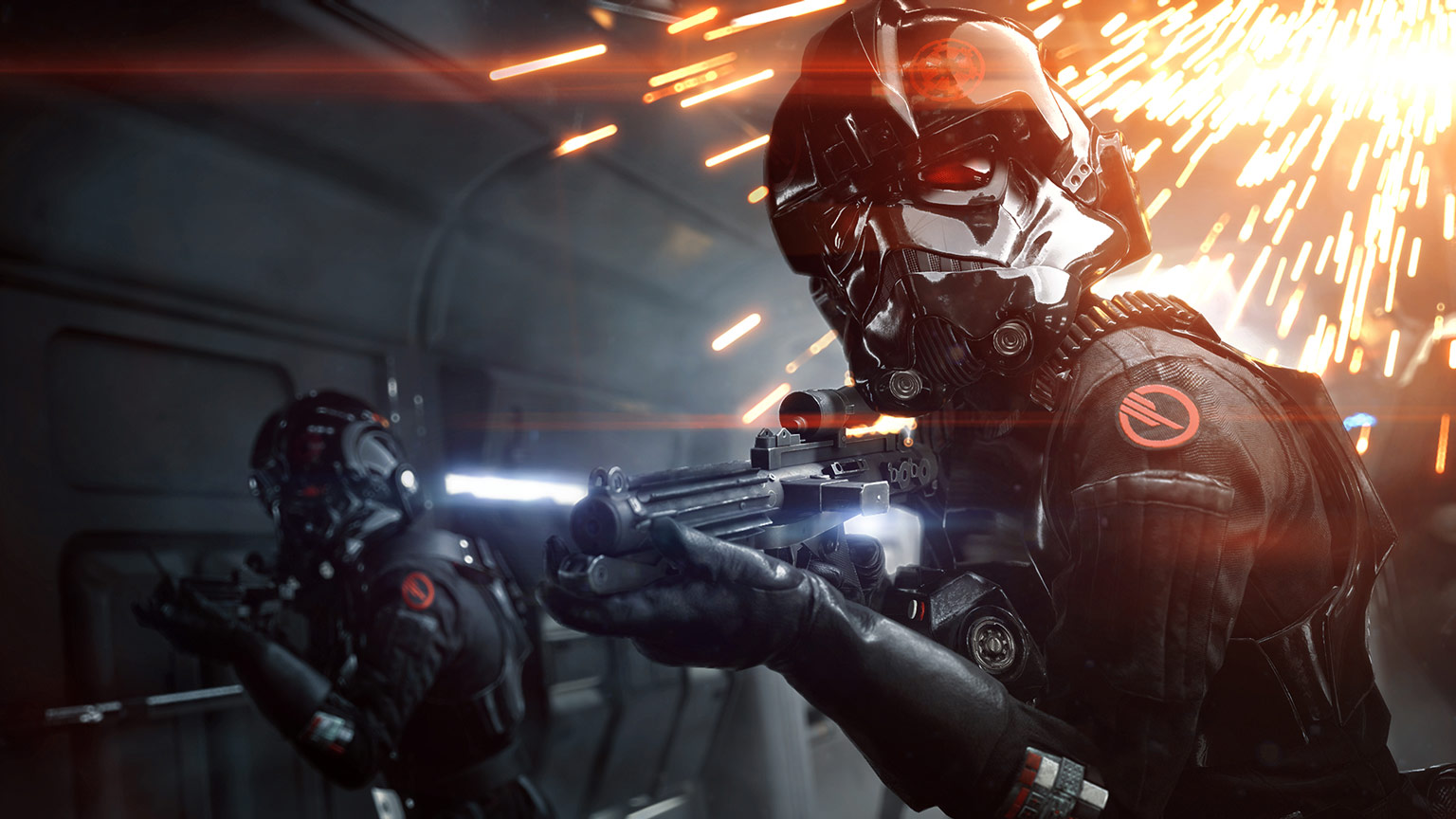
By Alleef Ashaari|August 22, 2019
EA and DICE have revealed the future roadmap for Star Wars Battlefront 2 with all the major updates arriving between September and December. Firstly, ...

By Mr Toffee|February 2, 2024

By Team KKP|July 1, 2023
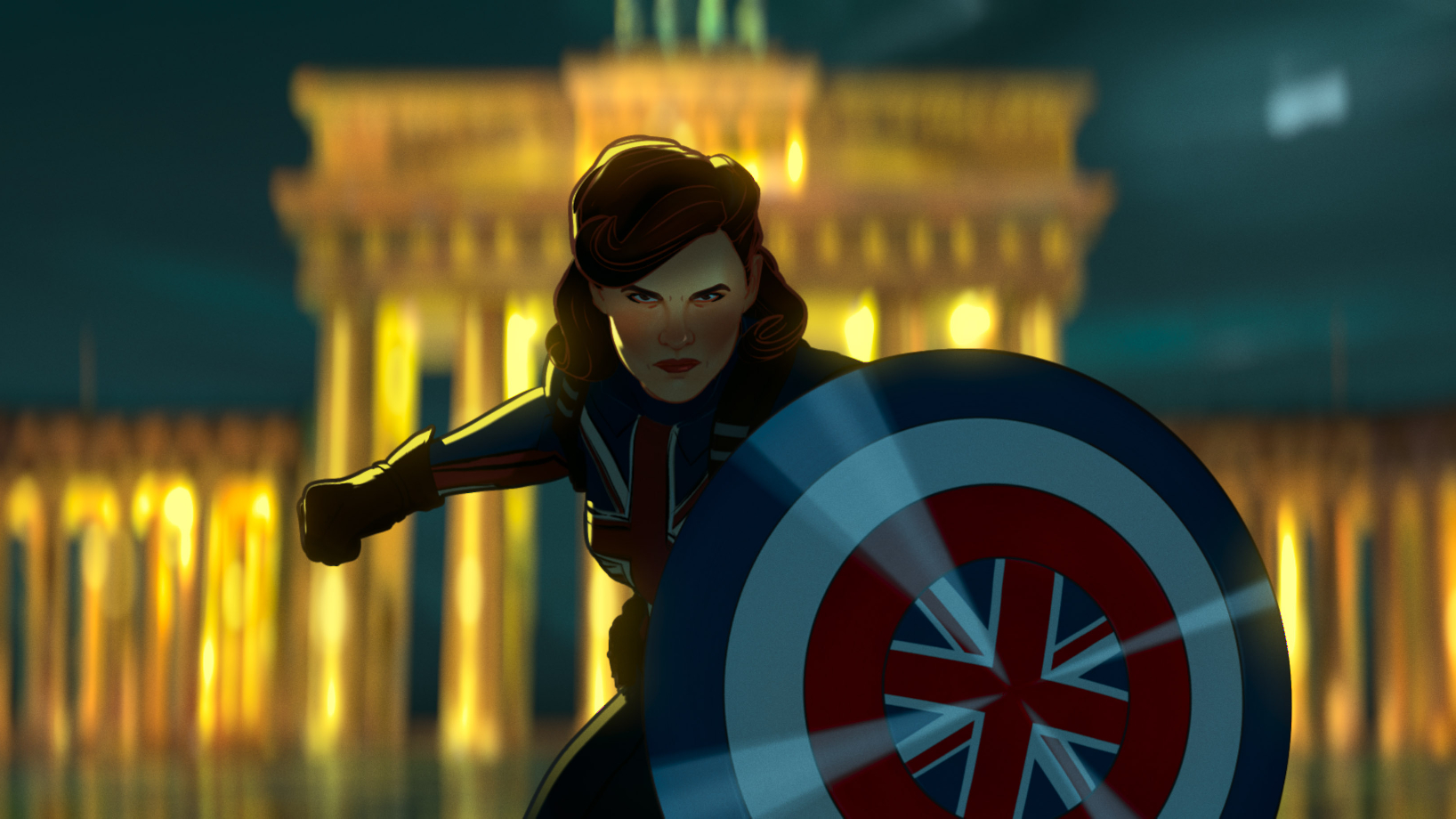
By Alleef Ashaari|August 2, 2021
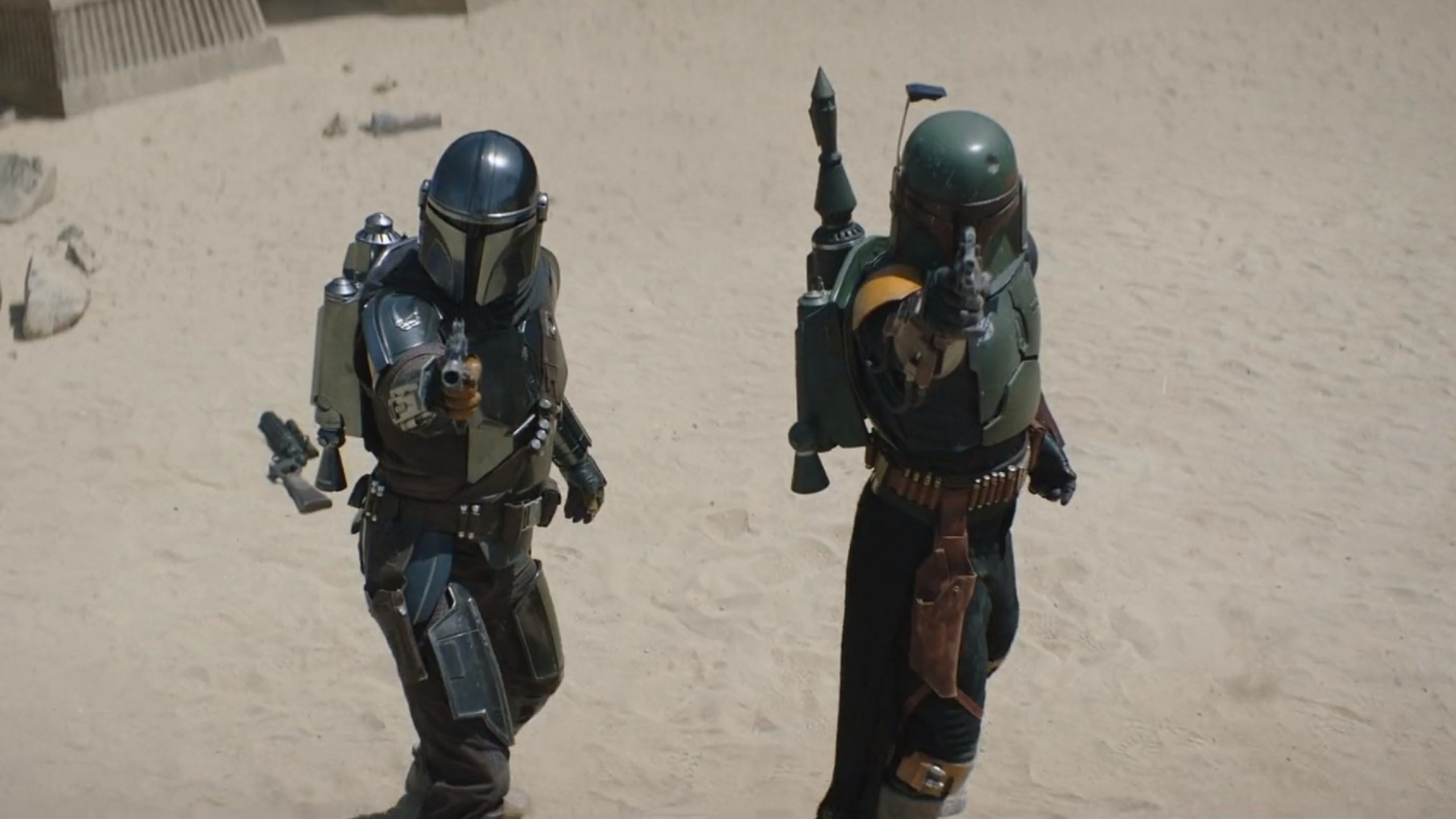
By Alleef Ashaari|February 9, 2022

By Mr Toffee|February 2, 2024

By Team KKP|July 1, 2023

By Mr Toffee|February 2, 2024

By Team KKP|July 1, 2023
Copyright @ Kakuchopurei 2024
Does Devil May Cry 5 Fall Short Of Being An Action Game Godsend? – KAKUCHOPUREI.COM
March 11, 2019 at 1:31 pm
[…] to much acclaim in 2001, they started churning out really great single-player action games like Viewtiful Joe, Okami, Resident Evil 4, and so […]
Hideki Kamiya Launches His Own YouTube Channel & He Can’t Make Games For One Year
October 12, 2023 at 10:22 pm
[…] For a more detailed dive into his history of game development, head on over here. […]